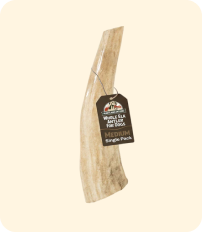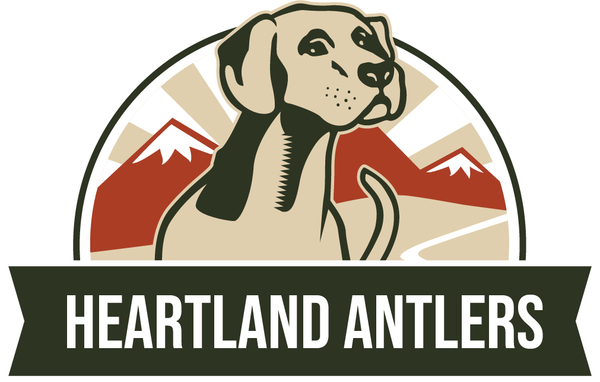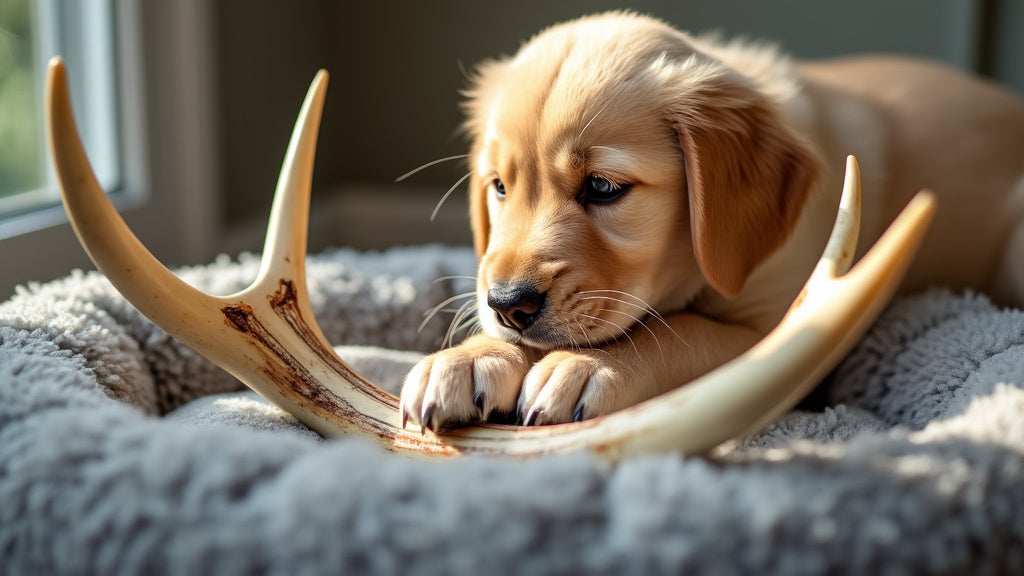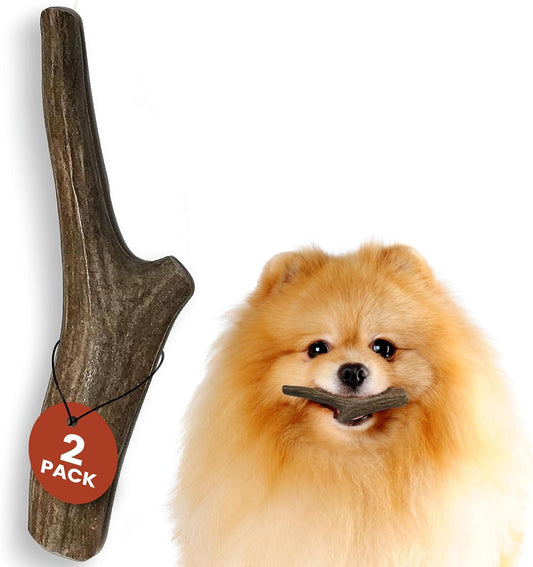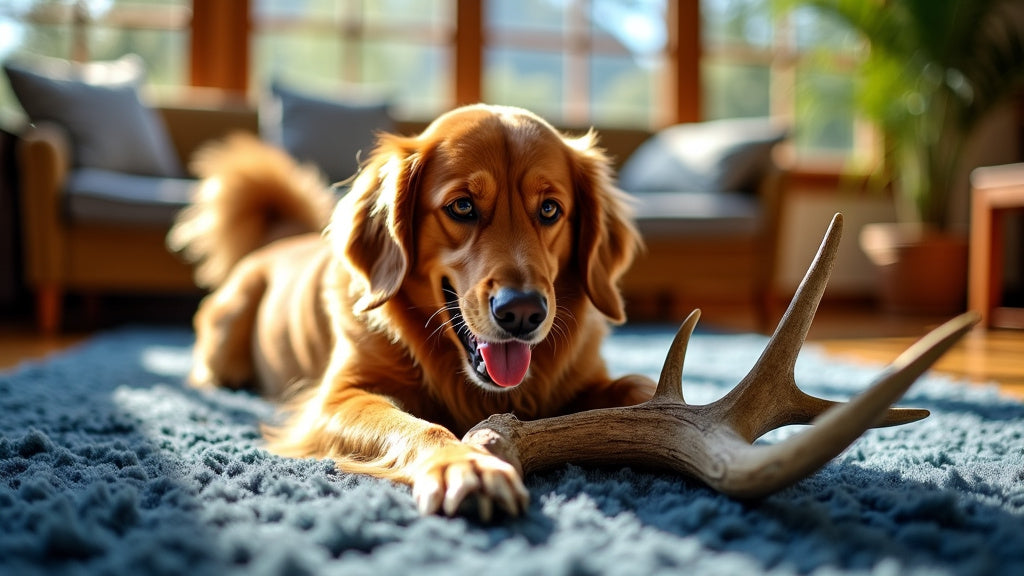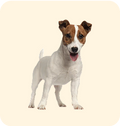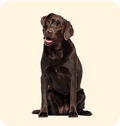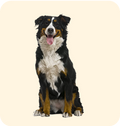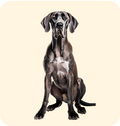Puppies love to chew, and as pet owners, we want safe, long-lasting chew toys. Antlers are popular, but are they really safe for our furry friends? Let's look at the facts about antlers for puppy teeth.
Key Points: Antlers for Puppies
- Safety concerns: Antlers can damage developing teeth and jaws
- Veterinary opinion: 93% of vets do not recommend antlers for dogs
- Supervision: Always watch puppies when they chew antlers
- Size and type: Choose the right antler for your puppy's safety
- Alternatives: Consider safer chew options for young dogs
1. Understanding Antlers as Puppy Chews
Antlers are bony growths that deer, elk, and moose shed each year. They contain minerals like calcium and phosphorus, which is why some pet owners think they're good for dogs. Deer antlers are common because they're easy to find and last a long time. Chewing on antlers can help clean teeth and massage gums.
While antlers can be fun for dogs and help clean their teeth, we need to think about the good and bad things before giving them to puppies. Puppies' teeth and jaws are still growing, so they're more delicate than adult dogs' teeth. The calcium in antlers can be good for growing puppies, but the hardness of the antler might be risky.
2. The Debate: Are Antlers Safe for Puppies?
People disagree about whether antlers are safe for puppies. Some say they're good because they last a long time and are natural. Others worry they might be dangerous. Here's what people think:
Some people like antlers for puppies because they help with teething pain and last a long time. They don't break into small pieces like some wooden toys, and they're less likely to upset a puppy's stomach than rawhide. But vets worry that antlers are too hard and might hurt a puppy's growing teeth and jaws.
In a recent survey, 93% of vets said they don't think dogs should chew on antlers. This is even more important for puppies because their teeth are still growing. Looking at the good and bad things about antlers for dogs is really important, especially for young puppies. The fact that so many vets say no to antlers shows we need to be careful, especially with puppies whose teeth can get hurt more easily.
3. Dental Concerns: Impact on Puppy Teeth
Puppies' teeth are more fragile than adult dogs' teeth. The hard surface of antlers might cause painful breaks or chips in their growing teeth. That's why many vets say puppies under one year old shouldn't have antlers. The risk of tooth damage is highest when puppies are teething, which usually happens between 3 to 6 months old.
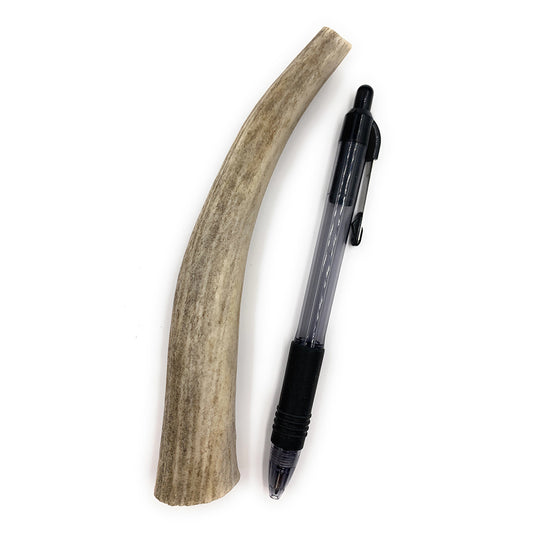
If you decide to give your puppy an antler, it's really important to choose the right size and type. Softer antler options might be better for puppies, but always ask your vet first. Remember, a puppy's teeth are super important for their health as they grow up. Damaged teeth can hurt, make it hard to eat, and cost a lot to fix at the vet. We need to think about both the good and bad things about antler chewing for your puppy's teeth.
4. Choosing the Right Antler for Your Puppy
If you've thought about the risks and still want to try antlers with your puppy, picking the right type is really important. Here are some tips:
- Choose softer antlers, like those from elk, which are gentler on puppy teeth
- Pick an antler that's too big for your puppy to swallow whole
- Look for antlers with a "soft" center, which wear down more easily
- Avoid antlers with sharp points that could hurt your puppy's mouth
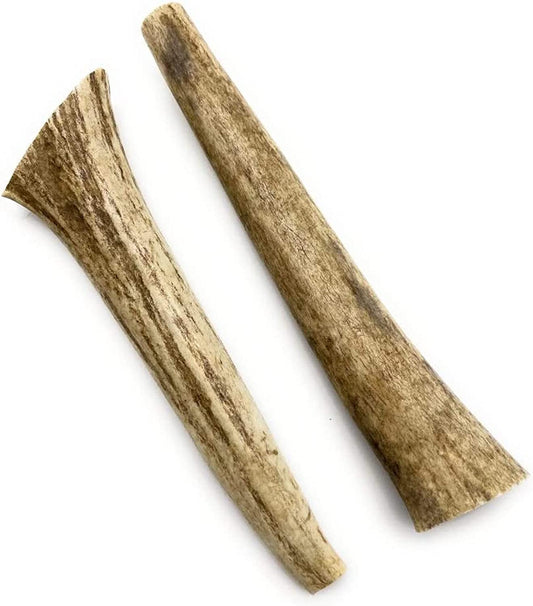
Elk antlers are often better for puppies because they're softer than deer antlers. But always introduce new chew toys slowly and watch your puppy closely. The antler should be big enough that your puppy can't fit the whole thing in their mouth, but not so big that it's hard to chew. Split antlers, which show the softer inside part, can be good for puppies because they're easier on the teeth but still give the benefits of chewing antlers.
5. Supervision: The Key to Safe Antler Chewing
If you give your puppy an antler, you must watch them all the time. Keep a close eye on your pup to make sure they're not chewing too hard or breaking off big pieces they could swallow. This is really important to stop them from choking or hurting their teeth.

Watch out for these signs that an antler is no longer safe:
- Cracks or splinters forming
- The antler becoming small enough to fit entirely in your puppy's mouth
- Your puppy chewing more aggressively than usual
- Any signs of tooth wear, gum irritation, or bleeding
If you see any of these signs, take the antler away right away. For more information on safe chewing, check out our FAQ page. Remember, we want your puppy to have fun and stay safe while chewing, not get hurt or stressed.
6. Alternatives to Antlers for Puppies
Because antlers might be risky, many puppy owners choose safer chew toys. Here are some good options for puppies:
- Soft rubber toys made for teething puppies
- Frozen carrots or other safe vegetables
- Special dental chews for puppies
- Rope toys for playing together and gentle chewing

For puppies who really love to chew, split elk antler chews can be safer than whole antlers. They're softer and easier for puppies to chew on, but you should still watch your puppy when they use them. These other options can keep your puppy busy and help their teeth without the risks of hard antlers. It's good to switch between different chew toys to keep your puppy interested and to stop any one toy from wearing out too fast.
7. When to Introduce Antlers to Puppies
If you want to give your puppy antlers, timing is really important. Most vets say to wait until your puppy is at least one year old before trying antlers. By this age, they have their adult teeth, and their jaws are stronger. This makes it less likely that they'll hurt their teeth and safer for them to chew.
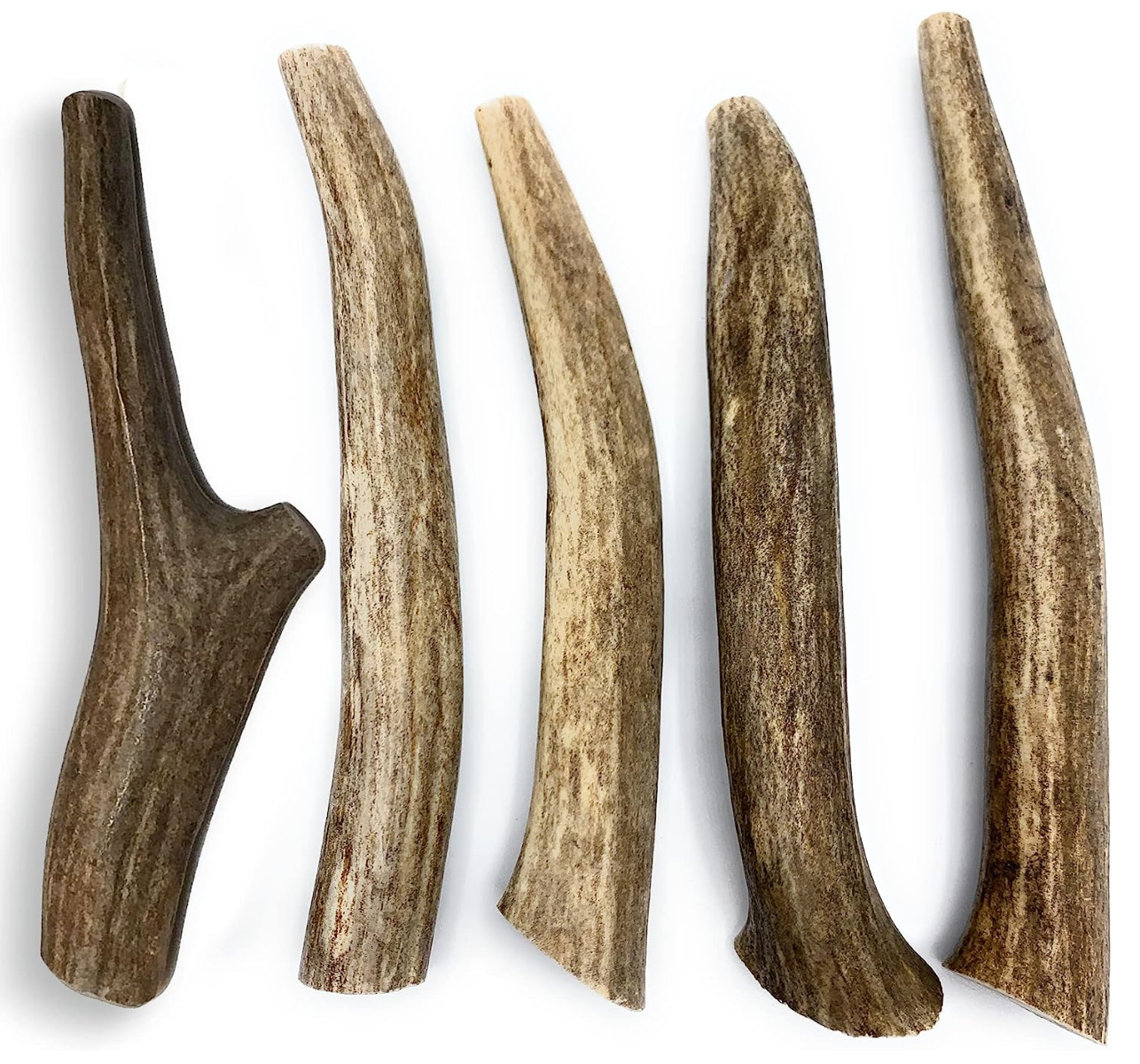
When you do start with antlers, let your puppy chew for short times while you watch. See how your puppy uses the antler and look for any signs that it's hurting their teeth or making them uncomfortable. Remember, every puppy is different. Some might be ready for antlers earlier, while others might need to wait longer. Always ask your vet before giving your puppy new things to chew on.
For more options that are good for puppies and grown-up dogs, check out our best-selling products.
8. Maintaining Antler Safety for Growing Puppies
As your puppy gets bigger, the way they chew and what they need will change. It's important to keep checking if their chew toys, including antlers, are still safe. Here are some tips to keep antlers safe:
- Check antlers every day for signs of wear or damage
- Replace antlers when they get small enough to swallow
- Switch between different chew toys to prevent boredom and too much wear on one toy
- Clean antlers often to stop germs from growing
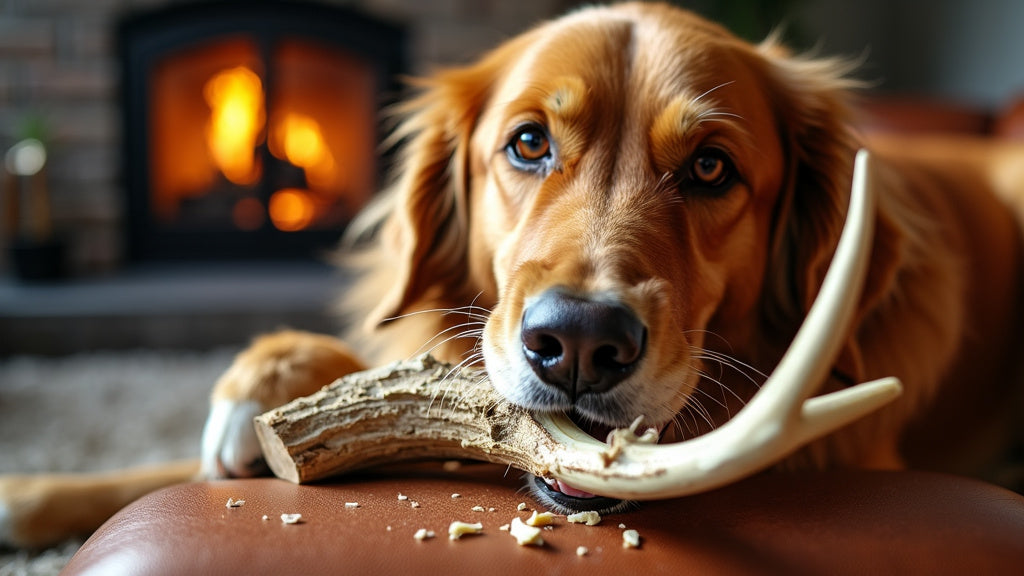
For more advice on keeping your dog's antler chews safe, read our guide on maintaining antler chew safety. As your puppy grows, you might need to change the size and type of antler you give them. What was good for a small puppy might not be right for a bigger, stronger young dog. Always put safety first and be ready to change your puppy's chew toys as they grow up.
9. Expert Opinions: What Veterinarians Say
Vets have different opinions about antlers for puppies, but many are careful about recommending them. Here's what experts generally say:
- Most vets don't recommend antlers for puppies because they might hurt their teeth
- Some vets say antlers can be good but stress picking the right type and size
- Many suggest softer chew toys for puppies' delicate teeth and jaws
- All agree that if you give puppies antlers, you must watch them closely
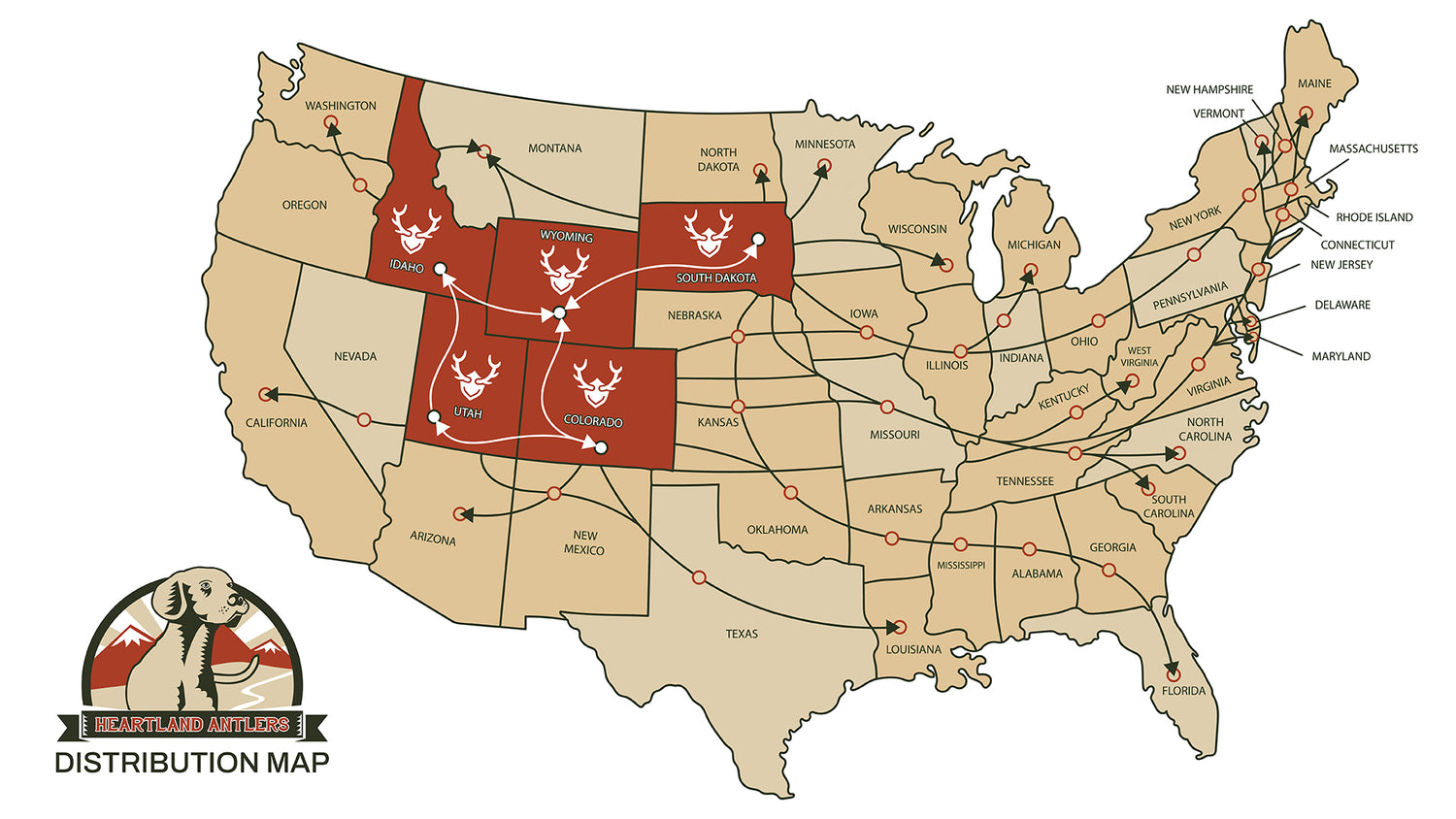
At Heartland Antlers, we take these expert opinions seriously. That's why we offer different products for dogs of all ages and chewing styles. Learn more about how we focus on quality and safety on our About Us page. It's important to know that while some vets might say antlers are okay for older puppies or adult dogs, most say to be very careful with young puppies. Always talk to your own vet, as they can give you advice that's right for your specific puppy and their health.
10. Making an Informed Decision for Your Puppy
Deciding whether to give your puppy antlers needs careful thinking. Here are some final things to remember:
- Think about your puppy's age, size, and how they like to chew
- Ask your vet before giving antlers to your puppy
- Start with softer chew toys and slowly introduce harder ones as your puppy grows
- Always watch your puppy when they're chewing, especially with new toys
- Be ready to take the antler away if you see any signs of wear or discomfort
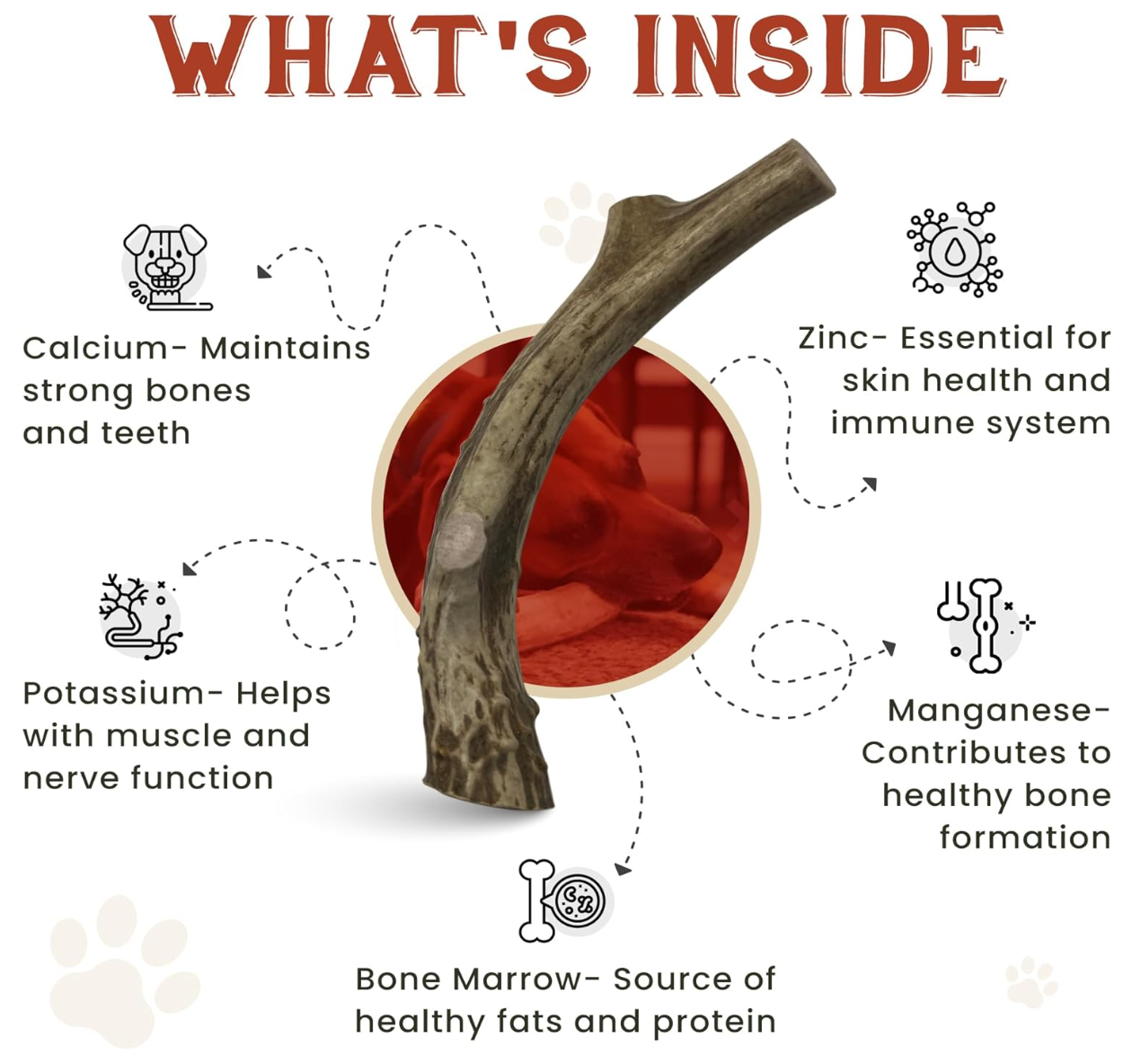
Understanding what's inside an antler can help you make a good decision. Our deer antler collection has many options, but remember that what's safe for a grown-up dog might not be good for a puppy. Antlers have a hard outside and a softer inside, which can give different textures for chewing, but this also means they can wear down unevenly. Make sure to check the antler often to make sure it's still safe for your puppy to chew.
Conclusion: Chew on This
While antlers can be great for adult dogs to chew on, they can be risky for puppies. The hard surface might hurt growing teeth, and small pieces could be choking hazards. If you decide to give your puppy antlers, wait until they're at least a year old, choose softer types, and always watch them while they chew.
Remember, every puppy is different. What's good for one puppy might not be right for another. Always talk to your vet before giving your puppy new chew toys, and make sure your puppy is safe above all else. By thinking carefully and watching your puppy, you can help them develop good chewing habits that will last their whole life. The key is to balance their natural need to chew with safe options that are good for their teeth and overall health.

